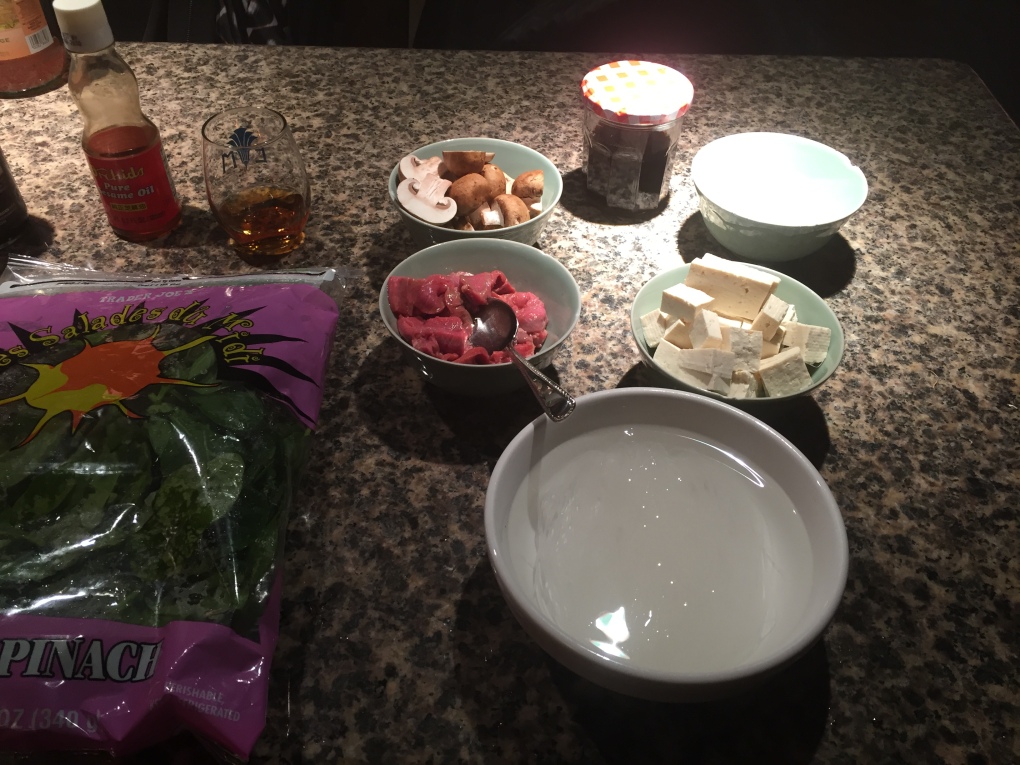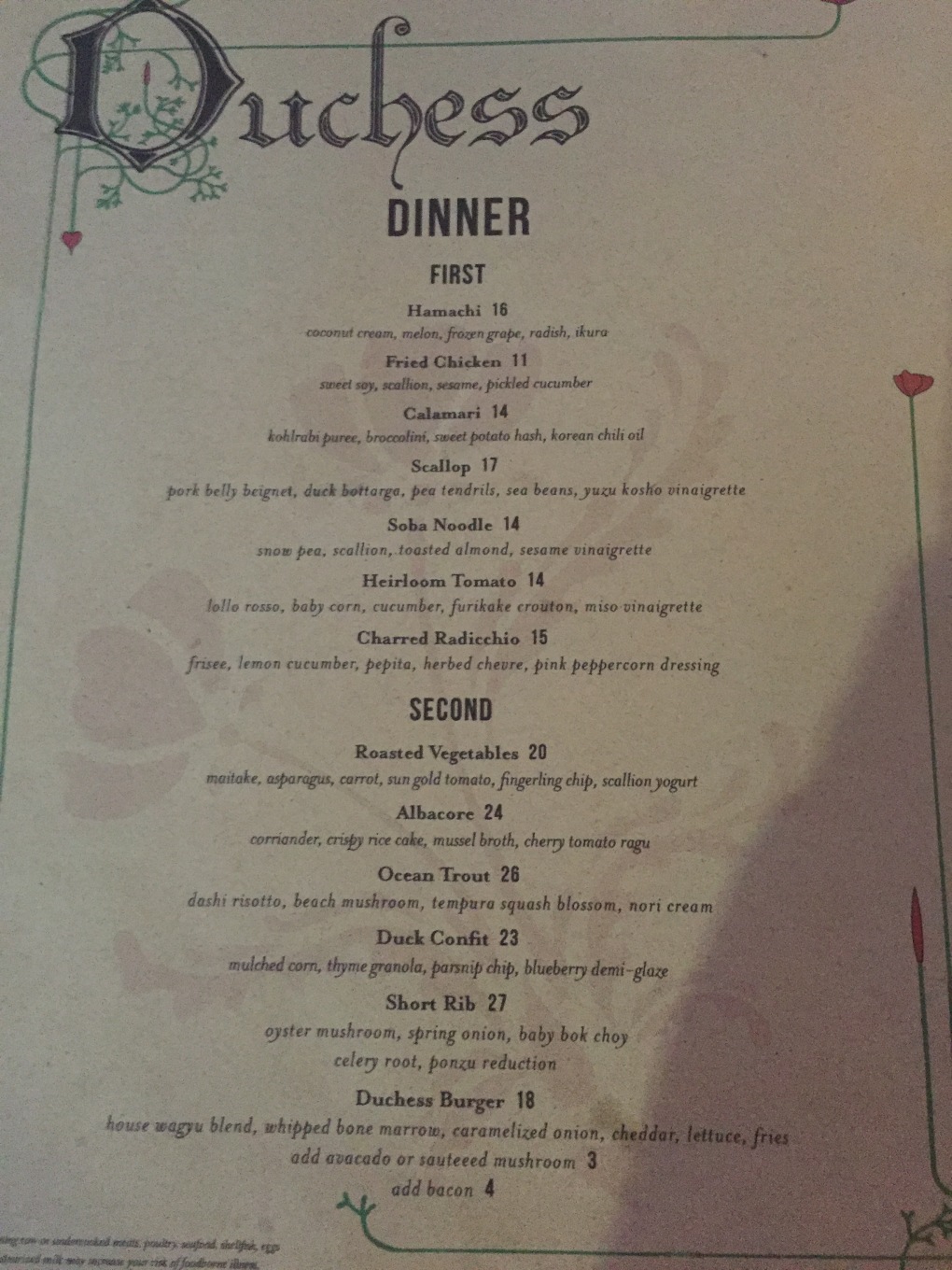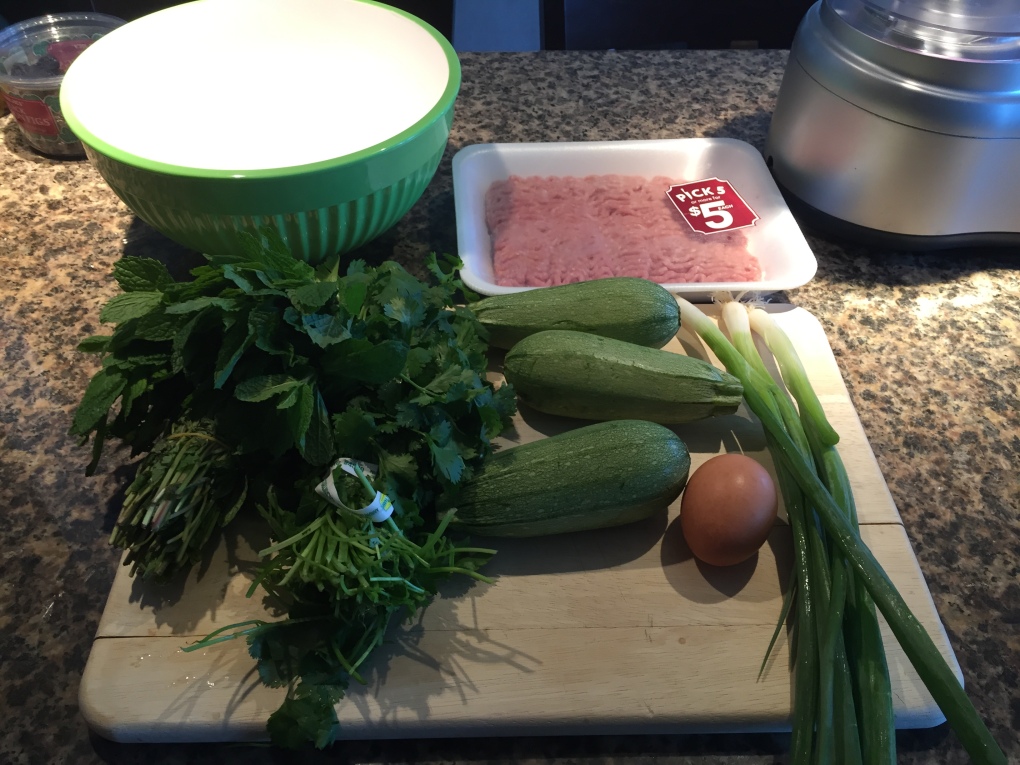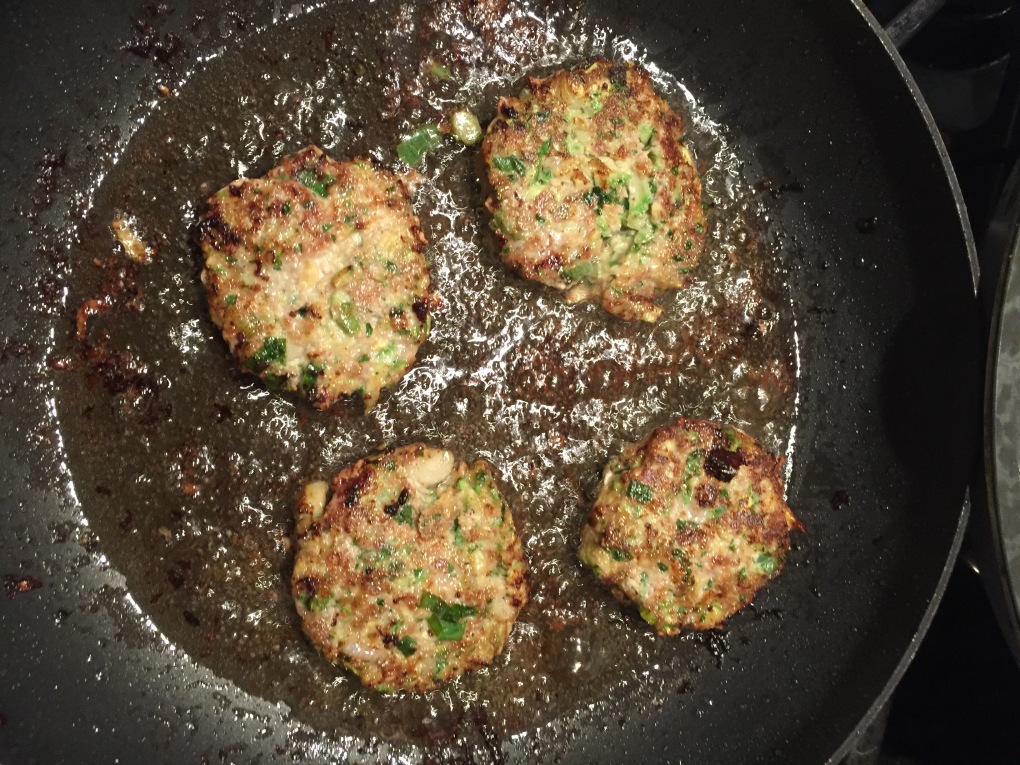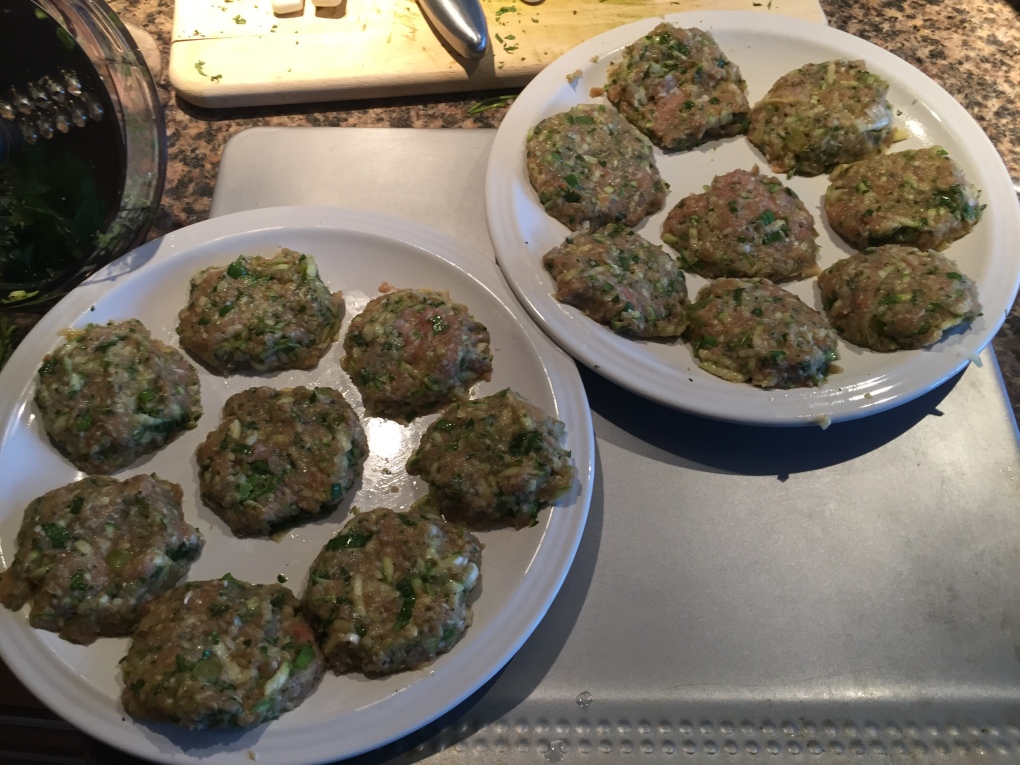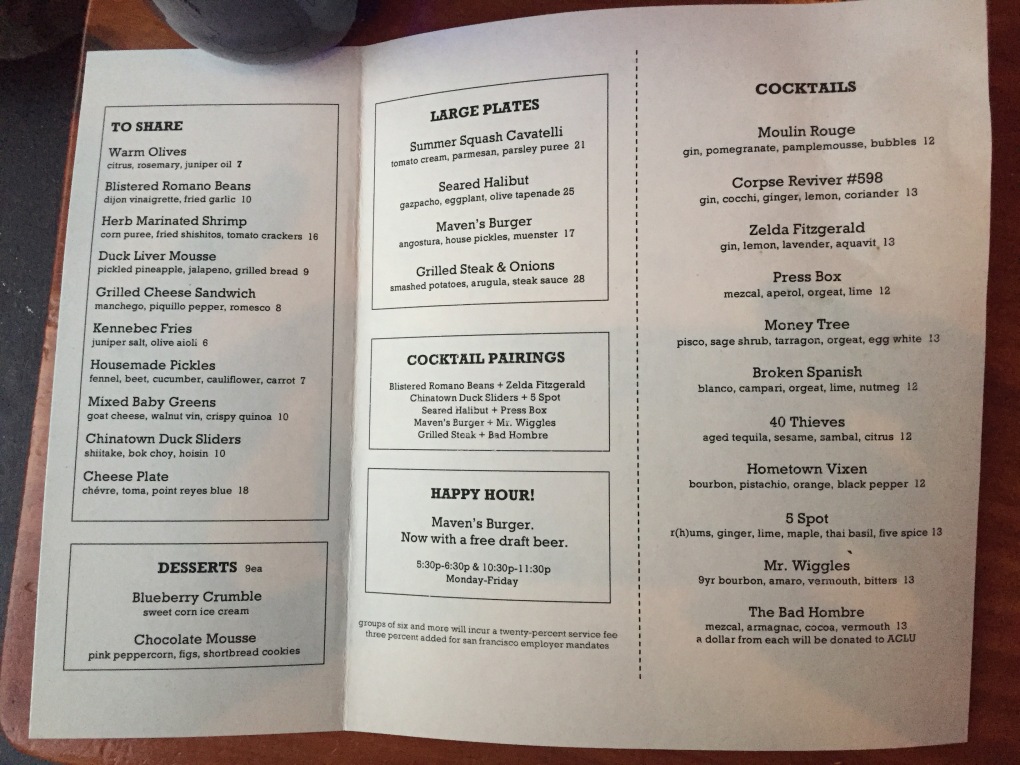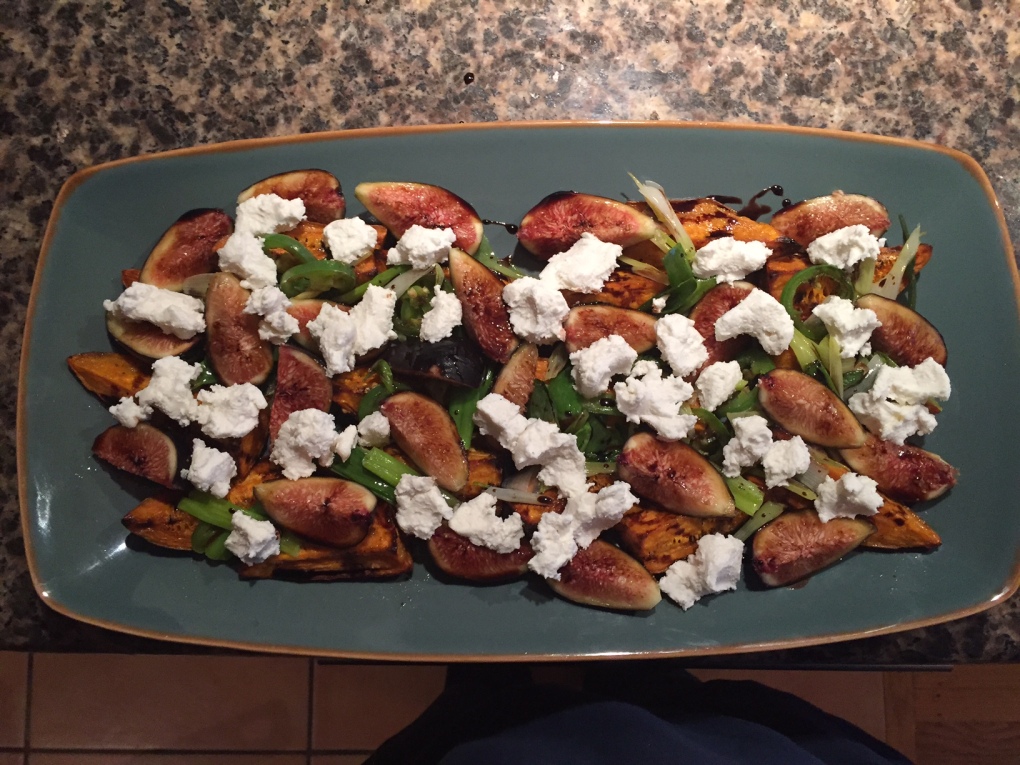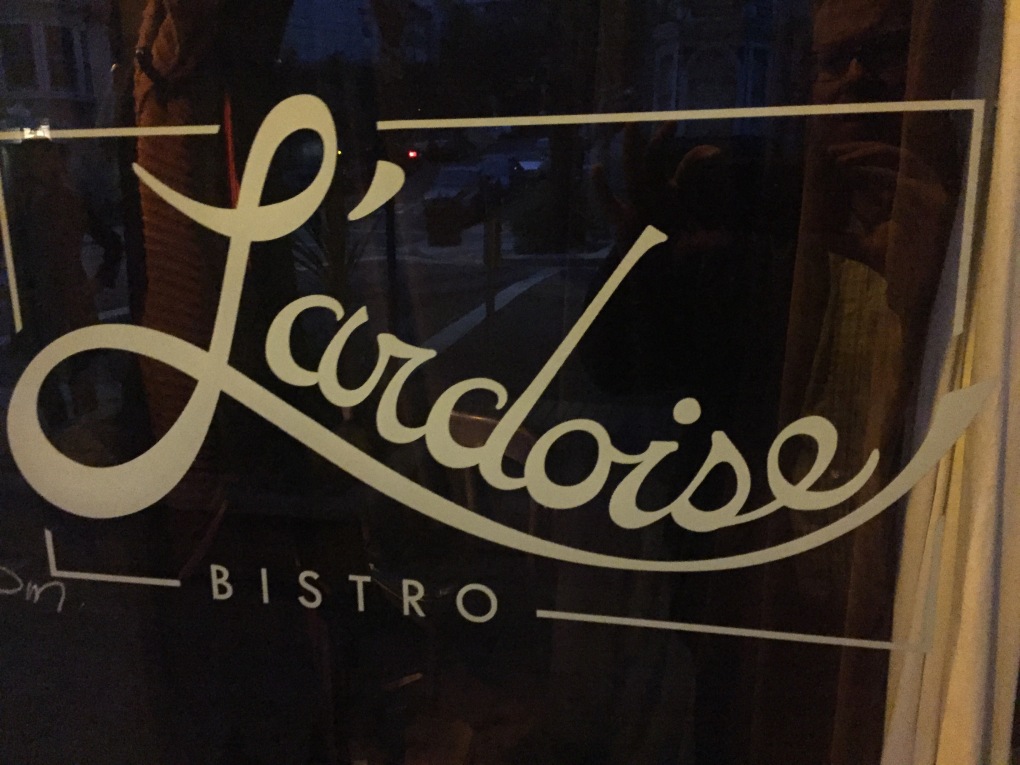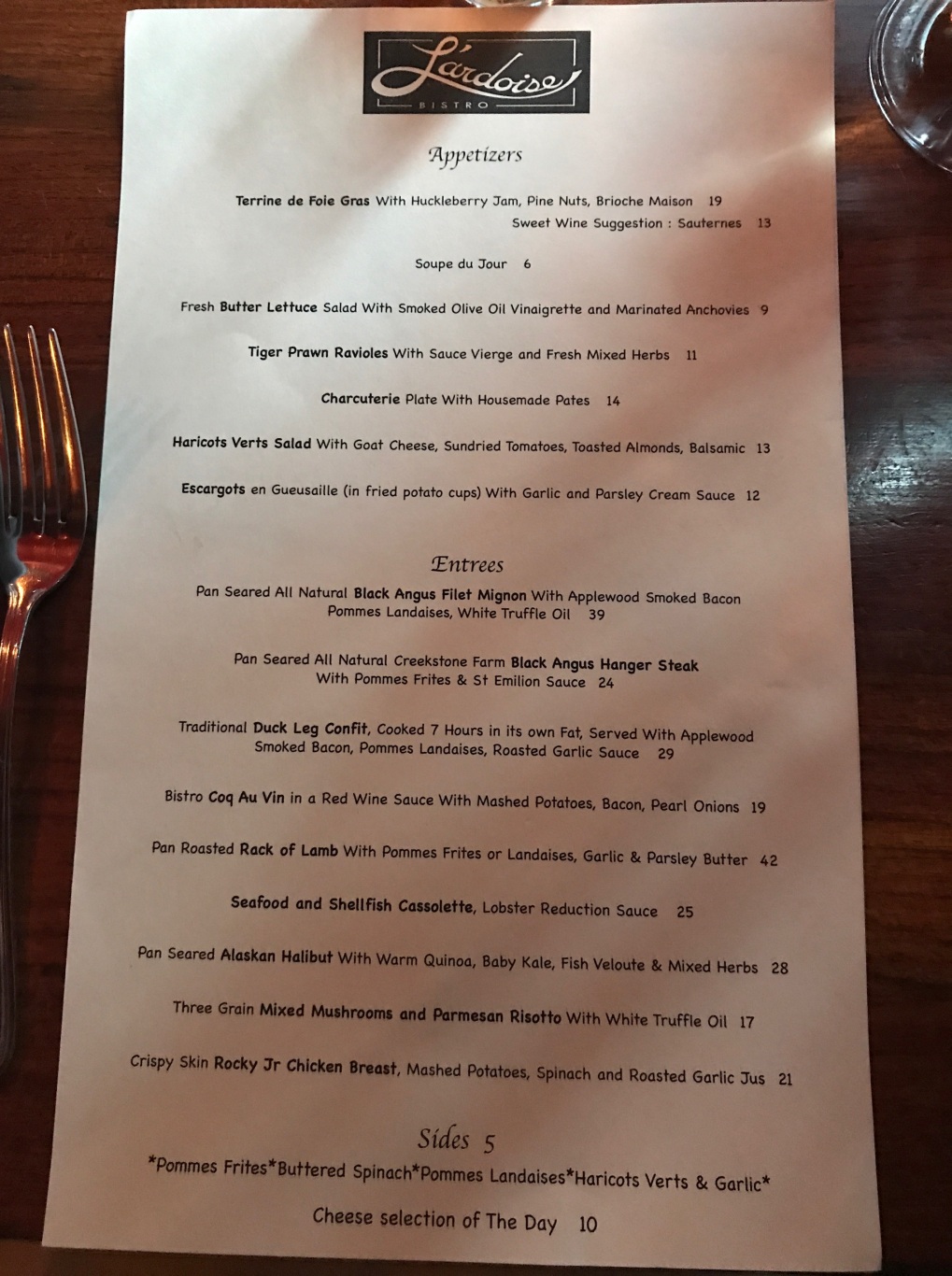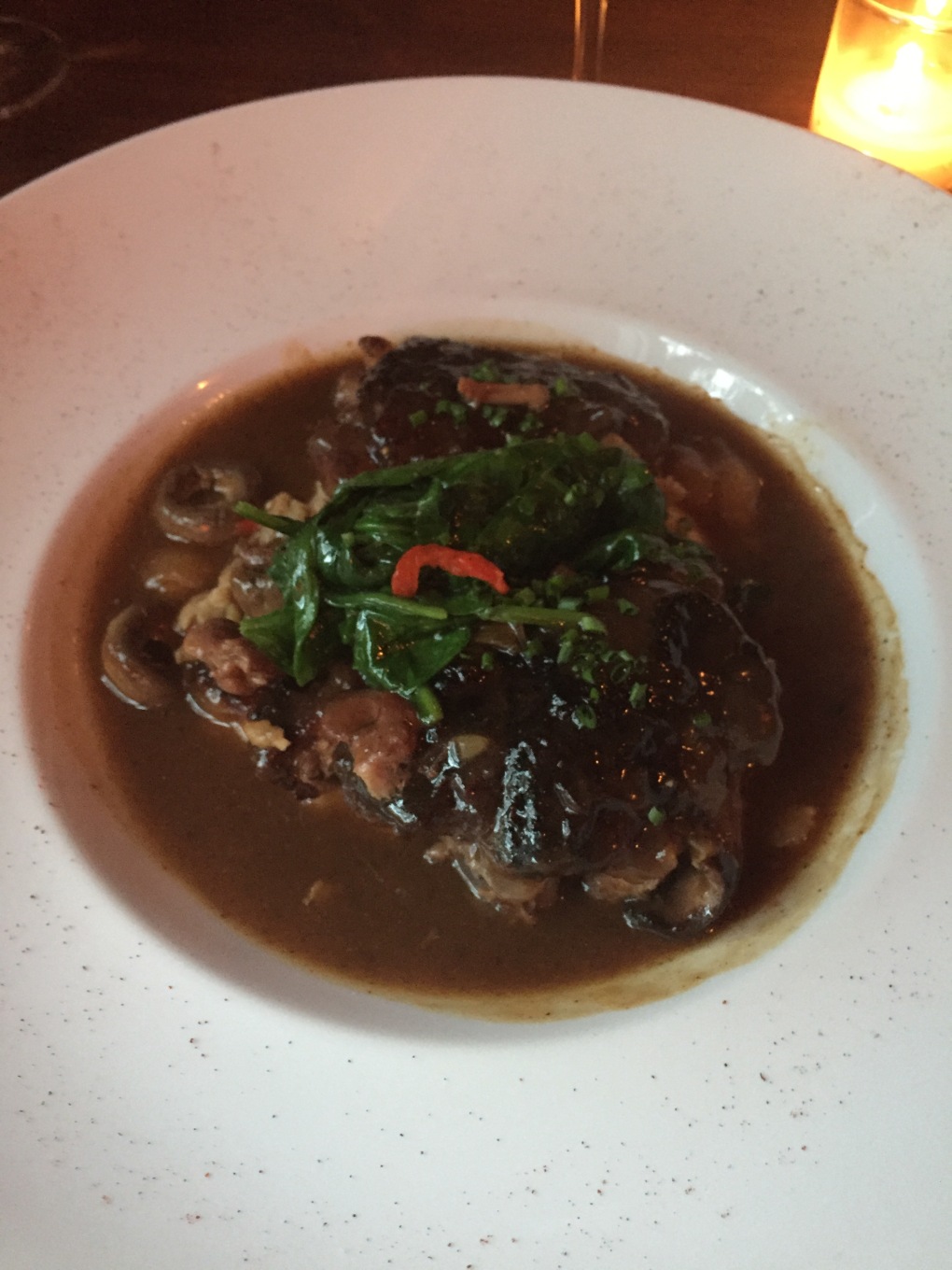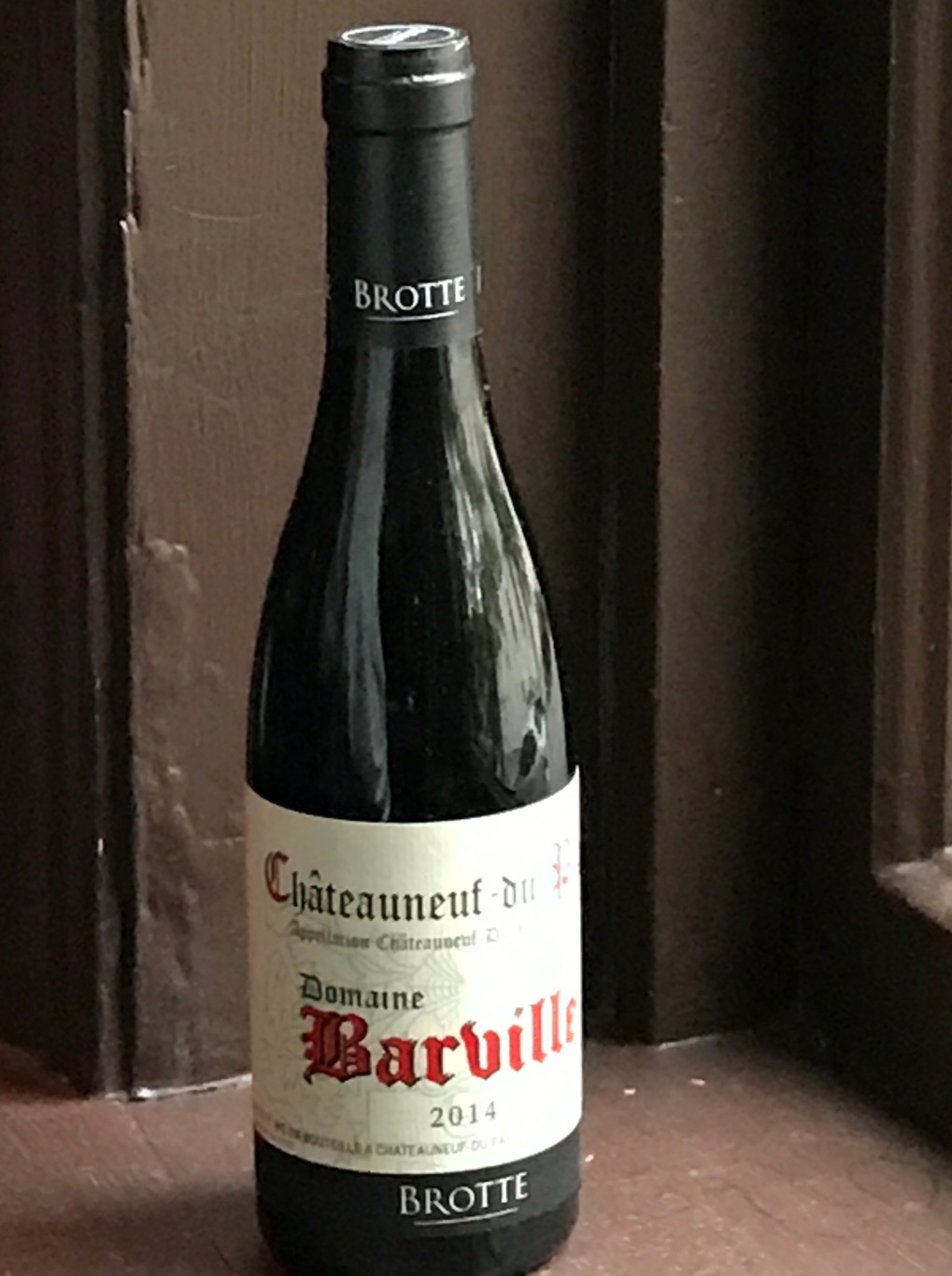
Hello Friends!
And now we enter that most confusing field of cuisine – the humble salad.
Those of you in big cities know – there is no humble salad anymore. The salad has gone upscale and accordingly expensive. A seemingly modest mix of greens, vegetables and dressing has gone insane. Here is a sample of salads from Bay Area restaurant menus (none of this is made up – and, yes, they just list the ingredients these days):
- Bernard Ranch Reed Avocado, crispy katafi, huile d’Argan, harissa
- Chicories, niitaka pear, aged gouda, almond, sesame anchovy vinaigrette, thai basil pesto
- Savoy cabbage, seaweed butter, smoked mussels, celtuce, nasturtium, cured egg yolk
- Celeriac, hazelnut, tomme de savoie, perigord truffle
I can’t even. I’m not sure what half those ingredients are. There’s some inventiveness in here – seaweed butter actually sounds pretty interesting, and thai basil pesto could be amazing – but I have no idea what most of these would actually taste like.
In the hopeful attempt to get some sort of feel for what chefs may be doing here, I have recently purchased the book “Salt, Fat, Acid, Heat” by Samin Nosrat. As I learn from this book, I will share what I learn here – filtered, as always, through my cracked yet semi-practical mind.
Today I am going to describe the two salads that I do make often, and they are both what the French call “salades composées” – or composed salads. Briefly, it is the antithesis of the tossed salad. In these salads, ingredients are kept separate, which make them wonderful for serving picky eaters since they can load up on what they like and leave what they don’t.
First up is the Niçoise Salad. This is a delightful salad that isn’t too hard to make. It does require a few unusual ingredients, particularly in the winter months. Truthfully, one can substitute like crazy in this salad to whatever you like and whatever is in season. For instance, traditionally this salad has green beans, but I’ve never been a huge fan and have substituted here. Traditionally this salad also has canned tuna, which you can use if you like, but frankly I cannot stand the stuff. I splurge on frozen which tastes better, has better texture, and doesn’t smell so funky.
This is an adaptation from Julia Child’s famous recipe, and Salade Niçoise is one classic recipe that has not really been improved upon since her day (besides the wider availability of quality frozen tuna). I do favor olive oil over the more traditional neutral vegetable oil (which used to be called salad oil, if you can believe it). Use a light olive oil if you prefer, but I use my standard extra virgin from Trader Joe’s which apparently has been verified to actually be extra virgin olive oil and not a fraud like most of the foreign stuff.
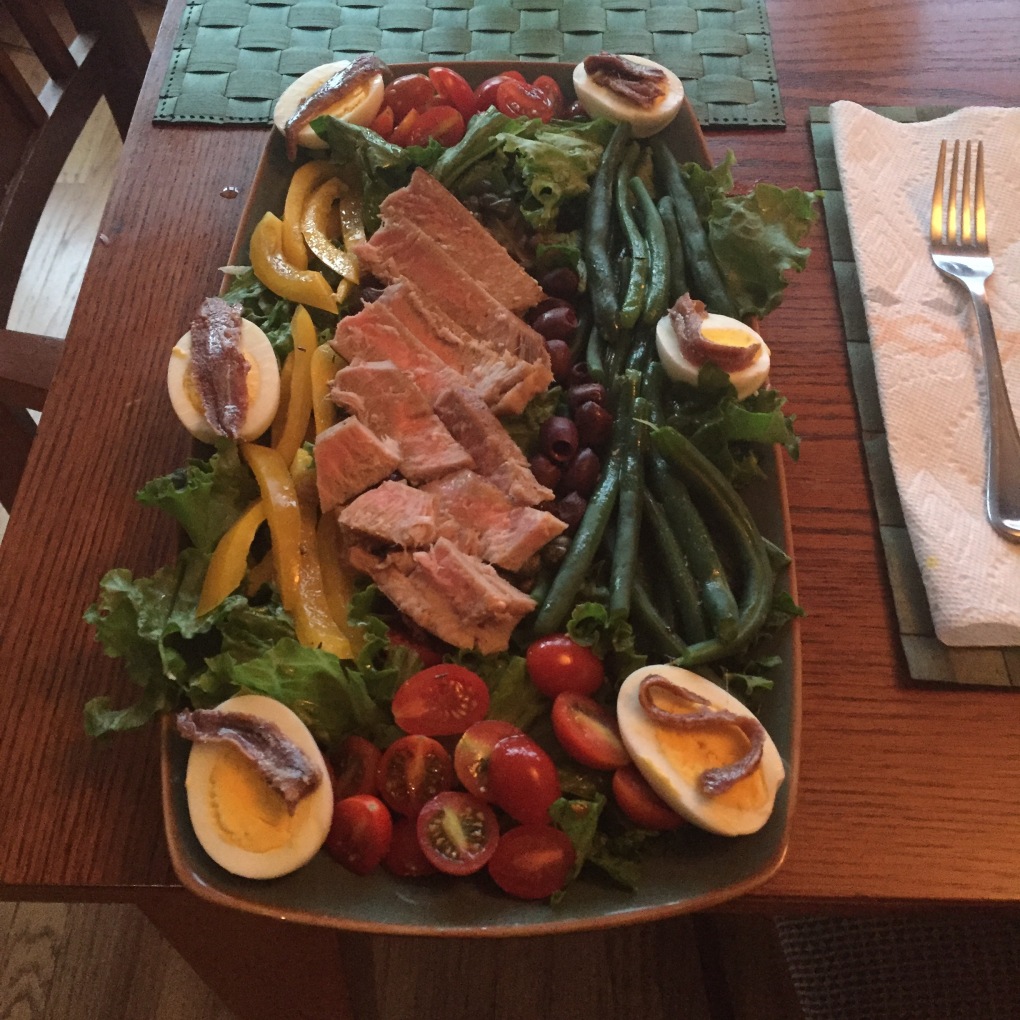
Salade Niçoise
Ingredients:
- 12 ounces small potatoes (red or Yukon Gold – do NOT use Russet)
- 1 shallot, finely diced (optional)
- 3 tablespoons dry vermouth or dry white wine
- 6 ounces butter lettuce (or other soft lettuce)
- 1 medium tomato diced (or half a canister of grape or cherry tomatoes, halved)
- 8 ounces green beans (optional – could substitute red or yellow peppers, julienned)
- 2 eggs
- 3 tablespoons good quality pitted olives (Niçoise are traditional – chopped Kalamata are fine)
- 2 tablespoons capers
- 4 anchovy filets (optional)
- 8 ounces frozen sear-grade tuna
Dressing:
- ½ cup extra virgin olive oil
- ¼ cup red wine vinegar or champagne vinegar
- 1 teaspoon Dijon mustard
- Salt and pepper
Instructions:
- Make the potato salad:
- Scrub or peel the potatoes. Quarter or halve the potatoes and boil for about 10 minutes until you can easily cut them with a table knife (but not so long that they are mushy).
- Drain the potatoes and let cool until just cool enough to handle.
- Slice them thinly then toss with the vermouth or wine and the shallot if using
- Hard boil the eggs then submerge into ice water until ready to use (see tips below).
- Par boil the green beans (if using)
- Make the dressing in a shaker or with a whisk.
- When ready to assemble the salad:
- Put the tomatoes in a bowl and toss with 2 tablespoons of the dressing.
- Toss the beans or peppers in a bowl with a 2-3 tablespoons of the dressing.
- Add 3-6 tablespoons of the dressing to the cooled potatoes and toss until completely dressed.
- Peel and halve the eggs lengthwise.
- Salt and pepper the tuna and sear it to your taste. Then slice very thinly with a sharp knife.
- Assemble the salad on a platter, keeping each ingredient separate. I like to put the potato salad in the middle, veggies and/or lettuce on the side (be sure to pour remainder dressing on the lettuce or toss that together separately (preferred)), then make little piles of olives and capers on either side. I also like to put the anchovies on the eggs and the tuna in the middle. But do whatever you like! Photos of various Salades Niçoises that I’ve made are on this page.
Tips:
- How to make a perfect hard boiled egg. Cover the eggs with cold water and put over high heat. Once the water has reached a vigorous boil, cover the pot, turn off the heat, then wait 15 minutes. Presto, you’re done.
- Submerging the eggs in ice cold water prevents them from getting that nasty green tint and also gives them a cleaner flavor.
- It’s crucial to toss all the veggies with dressing before adding. Then add whatever dressing you have left to the lettuce.
- I usually reuse the hot water from the potatoes to cook the beans. Speeds this dish up to not have to boil three pots of water.
- As with all salads, ingredient quality is crucial. If you can find heirloom tomatoes, get them – you won’t regret it.
Next up: Cobb Salad. Disclaimer – I can’t stand blue cheese dressing. This one is made with a delicious balsamic dressing that has a secret flavor enhancer. And here I present to you the wonder that is baked bacon.

Ingredients:
- 8 ounces romaine (or other crisp) lettuce
- 2 eggs
- 4 ounces crumbled blue cheese or feta cheese
- 1 medium tomato diced (or half a canister of grape or cherry tomatoes, halved)
- 4 slices thick bacon, cooked (preferably baked, see Tips)
- 2 small cucumbers (or one large cucumber), peeled and diced (see Tips)
- 1 avocado, diced
- 1/2 yellow or red pepper, diced
- 1 chicken breast (optional)
Dressing:
- ¼ cup extra virgin olive oil
- 3-4 tablespoons bacon drippings
- ¼ cup balsamic vinegar (the cheap stuff, not the real stuff)
- 1 teaspoon Dijon mustard
- Salt and pepper
Instructions:
- Preheat the oven to 400 degrees.
- Put the bacon on a piece of tin foil that has been folded at the edges so the drippings to not run out. Bake for 15-20 minutes (15 minutes for chewy, 20 minutes for crispy).
- Poach or saute the chicken breast until just cooked, usually 20 minutes for poaching and three minutes per side sautéed on medium heat. (I used a sous vide machine – more on that below). Then slice thinly or chop.
- Remove the bacon and when cooled crumble it with your hands.
- Pour the bacon drippings into a shaker where you make your dressing.
- Hard boil the eggs then submerge into ice water until ready to use (see tips above).
- Make the dressing in the shaker.
- Assemble the salad on a platter, keeping each major ingredient separate. I like to put the avocado in the middle, bordered by the tomatoes and then the peppers. I ring the outside with lettuce then cover it with crumbles cheese and bacon.
Tips:
- I wish I could explain how infinitely better baked bacon is than bacon cooked in a skillet. Once you try it, you’ll never go back to the skillet again. Just look at this:
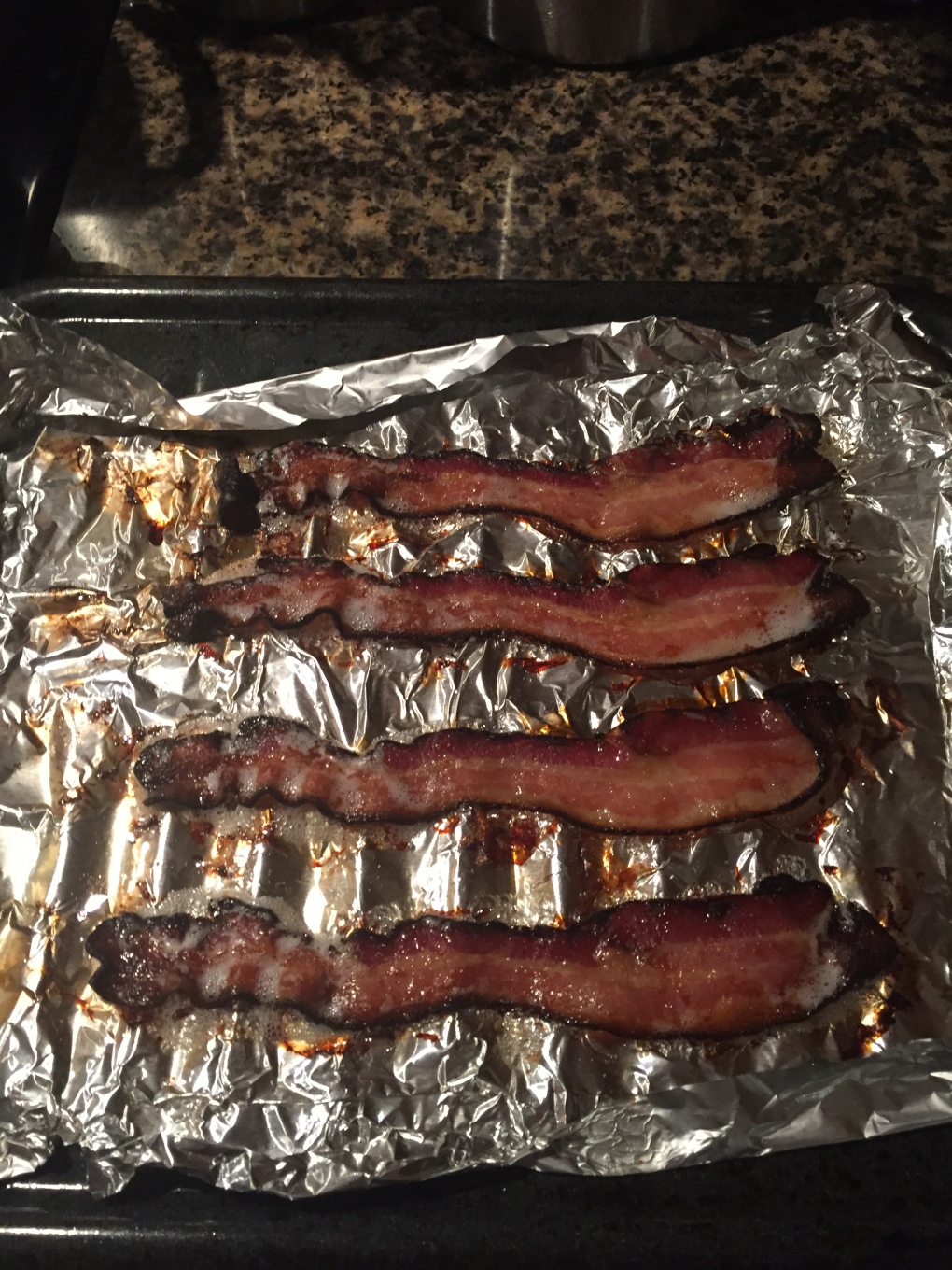
- Yes, bacon drippings in a dressing is weird. But it adds a richness that mimics the richness of a cheese-based dressing and adds such a pleasant smoky, salty element. It’s magic.
- I used my Anova sous vide machine – 45 minutes at 146 degrees. I’ll write later about using this machine, but using it for chicken breast is a revelation. As I’ve written earlier, the chicken breast is a devil to cook right, and sous vide is an interesting way to go if you have time (and a hundred bucks for the machine).
- Why add mustard to a vinaigrette? Well, aside from flavor, it is an emulsifier – it helps the dressing mix and not separate. This is important, because, in the words of the Foodlab, “Unless you emulsify your vinaigrette, you end up with a pile of leaves dressed in oil, and a pool of vinegar at the bottom of the salad bowl.” Yuck. Other good emulsifiers out there include miso, mayonnaise (itself an emulsion), honey, and … the most powerful emulsifier on earth: the egg yolk (famously used in the Caesar salad).







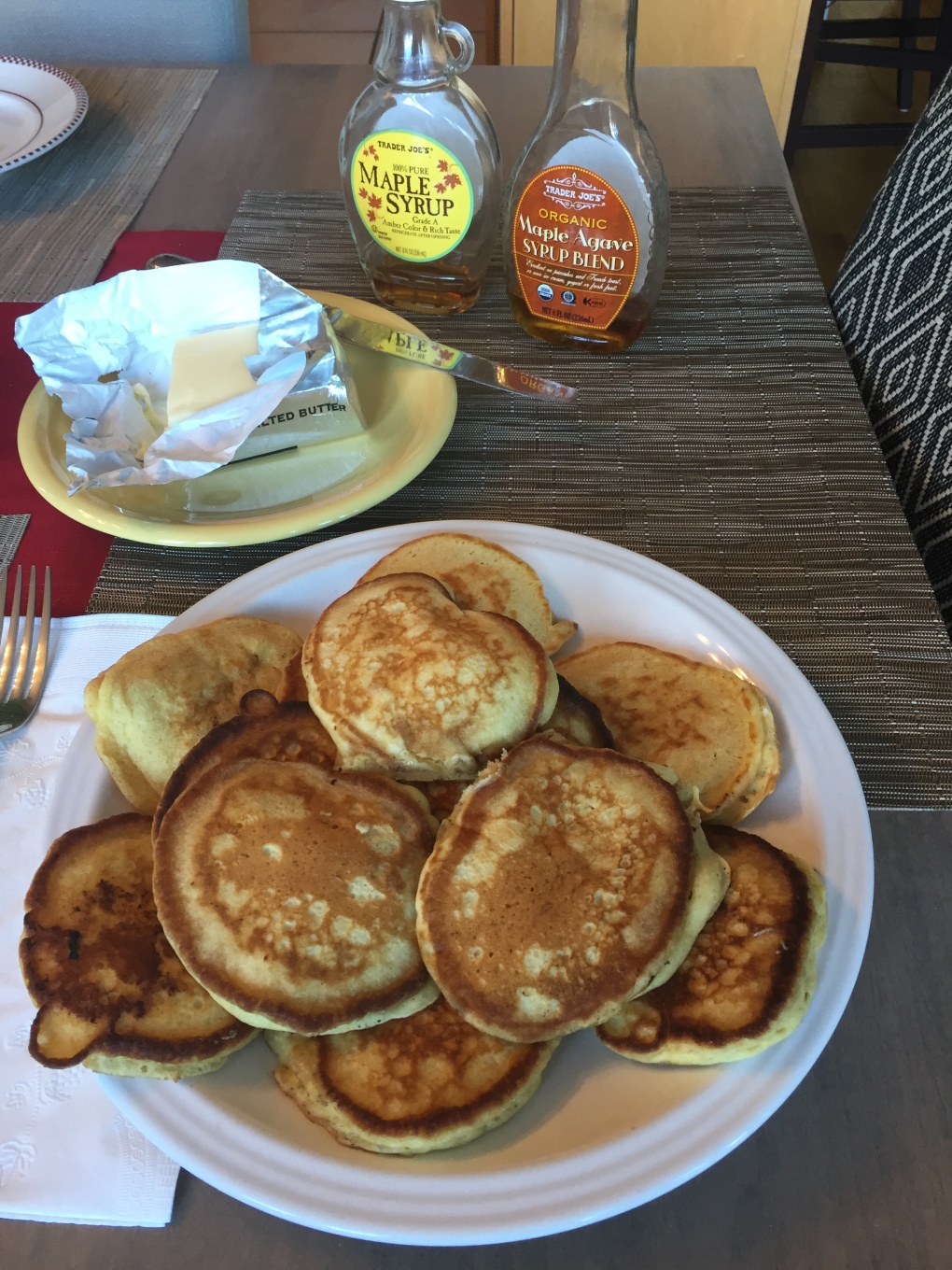



 Hello Friends!
Hello Friends!